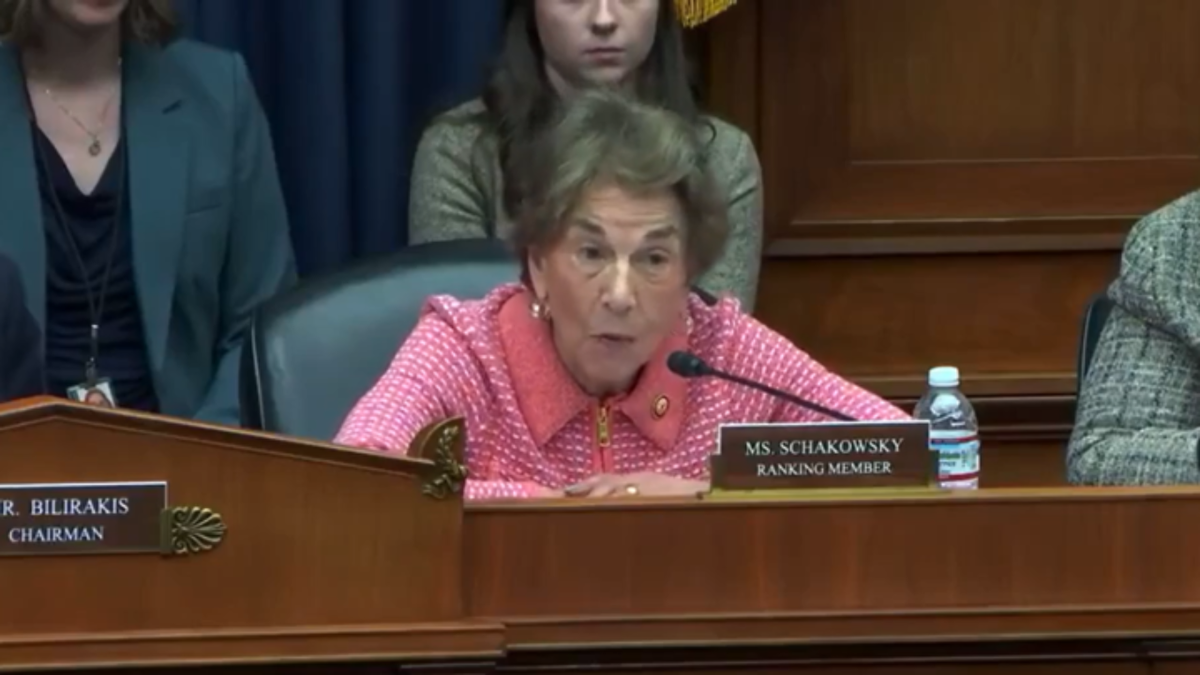
Manufacturing’s Gender Gap: A Call for Rebranding
During a recent House hearing, the issue of gender disparity in manufacturing sparked a lively debate, with one Democratic lawmaker suggesting that the term "manufacturing" itself might be a contributing factor.
Representative Schakowsky’s Perspective
Representative Jan Schakowsky (D-Ill.) expressed concern during the Commerce, Manufacturing and Trade subcommittee hearing on "AI in Manufacturing: Securing American Leadership in Manufacturing and the Next Generation of Technologies."
Observing that fewer women are engaged in manufacturing compared to other industries, Schakowsky hypothesized that the term "manufacturing" may inadvertently exclude women.
"I just wondering if just the name manufacturing sounds like a guy," she asked.
Schakowsky further noted that in a recent meeting with a manufacturing company, she learned that only 13% of young people interested in manufacturing careers were women, a number she characterized as "low."
Responses and Critique
Schakowsky’s remarks drew swift reactions from some quarters. Representative Gabe Evans (R-Colo.), a fellow subcommittee member, took to social media to criticize the suggestion that the term "manufacturing" is sexist.
"Democrats: ‘Manufacturing’ is a sexist term against women!" Evans tweeted.
Statistics on Women in Manufacturing
According to a 2022 report from the U.S. Department of Commerce, women make up 47% of the American workforce but only 30% of manufacturing employees. This disparity suggests that the industry faces a significant gender gap.
Potential Reasons for the Gender Gap
While the term "manufacturing" may play a role in the gender gap, other factors likely contribute to the issue:
- Cultural Stereotypes: Traditional perceptions of manufacturing as a male-dominated field may discourage women from pursuing careers in the industry.
- Lack of Role Models: Women may not see themselves reflected in leadership positions within manufacturing, which can hinder their aspirations.
- Education and Training: Women may have fewer opportunities to develop the technical skills required for manufacturing jobs, which are often acquired through vocational training or apprenticeships.
- Job Accessibility: Women may face barriers to entry in manufacturing due to physical requirements, lack of transportation, or childcare responsibilities.
Call for Rebranding
Schakowsky’s comments have reignited a conversation about how to make manufacturing more inclusive for women. Some have suggested rebranding the industry to emphasize its diversity and appeal to a broader range of candidates.
By adopting a gender-neutral term or highlighting the creative and innovative aspects of manufacturing, the industry could potentially attract more women and bridge the gender gap.
Conclusion
The manufacturing industry faces a significant gender disparity, which could be influenced by a variety of factors, including the term "manufacturing" itself. While rebranding may not solve the problem entirely, it could be an important step in creating a more welcoming and inclusive environment for women.
By addressing cultural stereotypes, providing role models, enhancing education and training opportunities, and removing barriers to entry, the manufacturing industry can unlock its full potential by attracting and retaining a diverse and skilled workforce.
